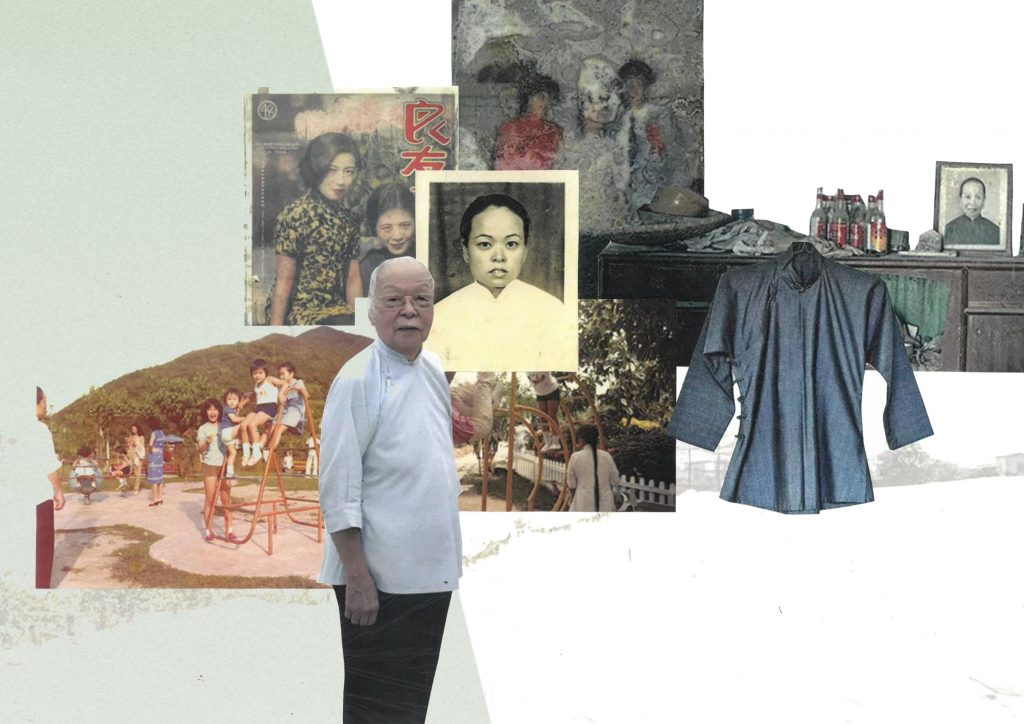After the first intervention, I realized that although historical imagery could provoke some reflections, the distance from participants’ present lives made it difficult for them to truly relate. Therefore, in the second intervention, I decided to use symbols drawn from everyday life—such as playgrounds, clothing, and domestic spaces. These elements were more likely to trigger personal memories and lived experiences.

Intervention process:
- Ask participants: “Looking at this picture, what is your first reaction?”
- Follow up: “Do you think this has anything to do with women’s lives or marriage?”
- Ask: “Have you ever thought about getting married?”
- Use the 5 Whys technique to guide them into deeper reflection.
- Collect feedback about how these everyday scenes connect to marriage.
Participants’ feedback:
- Group A (big cities, highly educated, feminist awareness)
- Participant Jade (23, UK Master’s graduate, teacher) described marriage as an “equal partnership,” linking partner selection with career development and achievement. Even though she identified strongly with feminist ideals, her perspective still revealed traces of social hierarchy—marriage was not just about emotions, but also about “merit-based partnership” and social equivalence.
- For her, the everyday symbols felt “closer to life,” which resonated more strongly than historical images, and allowed her to reflect more concretely on social norms and constraints.
My reflection:
Compared with historical imagery, everyday scenes brought the participants closer to the topic, allowing them to connect it more easily to their own experiences. Group A’s responses revealed the layered meanings of marriage for modern women, while Group B’s responses highlighted the role of marriage as social and economic dependence.
However, this reflection still remained mostly at the cognitive level, without triggering deeper embodied experiences. This made me wonder: if I introduced elements symbolizing the body, marriage institutions, and social discipline, would it push the reflection further and make it more visceral?
Leave a Reply